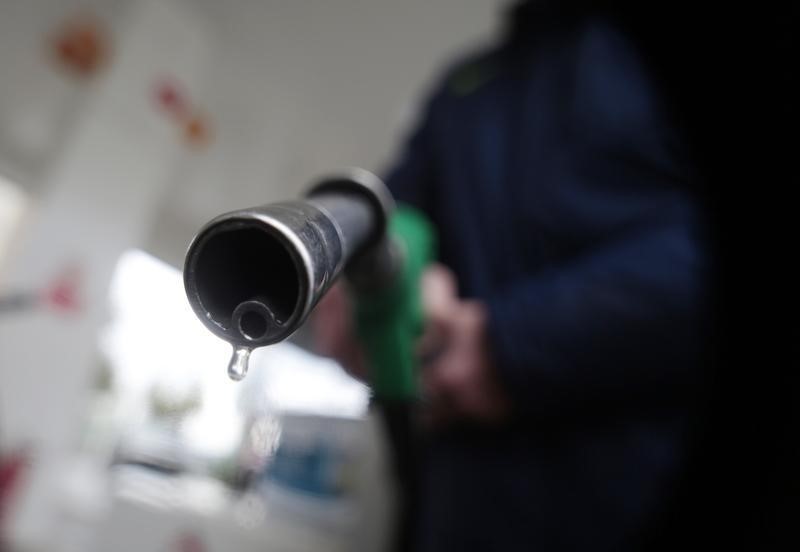By Ron Bousso
LONDON (Reuters) - Oil prices rose on Friday after China's central bank cut its borrowing rates, boosting hopes for stronger demand from the world's top energy consumer.
A signal from European Central Bank President Mario Draghi on Thursday that new euro zone initiatives could be unveiled as soon as December to stoke the economy added further tailwind.
Benchmark Brent crude oil (LCOc1) rose 47 cents to $48.55 a barrel by 1130 GMT, but was still on course for a weekly decline of more than 3.5 percent on ongoing supply concerns.
U.S. crude (CLc1) for December was down 30 cents at $45.68 a barrel, on course for a 3 percent weekly decline.
The People's Bank of China (PBOC) cut its benchmark one-year lending rate for the sixth time since November by 25 basis points to 4.35 percent in its latest effort to boost the country's economy whose rapid growth stalled.
"The rate cut does give some support to demand expectations so oil's gone a bit higher and it's a little bit positive for the moment," said Hans van Cleef, senior energy economist at ABN Amro in Amsterdam.
The ECB's stimulus plans offered further support, van Cleef said.
Jonathan Barratt, chief investment officer at Ayers Alliance, said markets had decided governments would not allow economies to falter.
"These expectations suggest more active economic development will force consumption to go up," Barratt added.
European stock markets joined a global share surge that buoyed overall sentiment. [MKTS/GLOB]
Adding further support to an outlook shaken in recent months by weaker growth in emerging economies including China, Japanese manufacturing expanded in October at what could be its fastest pace in 19 months, according to Markit/Nikkei Japan Flash Manufacturing PMI data.
The positive tone offset persistent concerns over a glut in global crude oil and refined product supplies which have battered the energy market for over a year.
U.S. oil inventories climbed by a larger-than-expected 8 million barrels to 476.6 million last week, helping to fuel concern over global oversupply. EIA/S

Investors also awaited rig data on Friday for guidance on how U.S. oil production has responded to recent price falls.